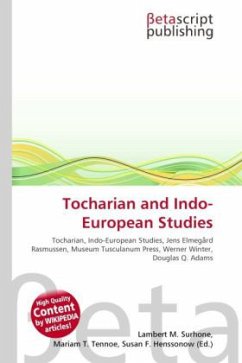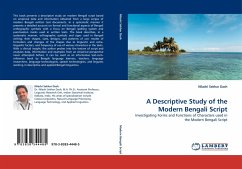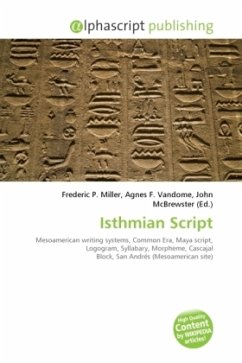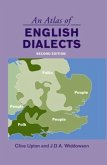Please note that the content of this book primarily consists of articles available from Wikipedia or other free sources online. The Tocharian language is documented in manuscript fragments, mostly from the 8th century (with a few earlier ones) that were written on palm leaves, wooden tablets and Chinese paper, preserved by the extremely dry climate of the Tarim Basin. Samples of the language have been discovered at sites in Kucha and Karasahr, including many mural inscriptions. Tocharian A and B are not intercomprehensible. Properly speaking, based on the tentative interpretation of twqry as related to Tokharoi, only Tocharian A may be referred to as Tocharian, while Tocharian B could be called Kuchean (its native name may have been ku iññe), but since their grammars are usually treated together in scholarly works, the terms A and B have proven useful. A common Proto-Tocharian language must precede the attested languages by several centuries, probably dating to the 1st millenniumBC.
Bitte wählen Sie Ihr Anliegen aus.
Rechnungen
Retourenschein anfordern
Bestellstatus
Storno








